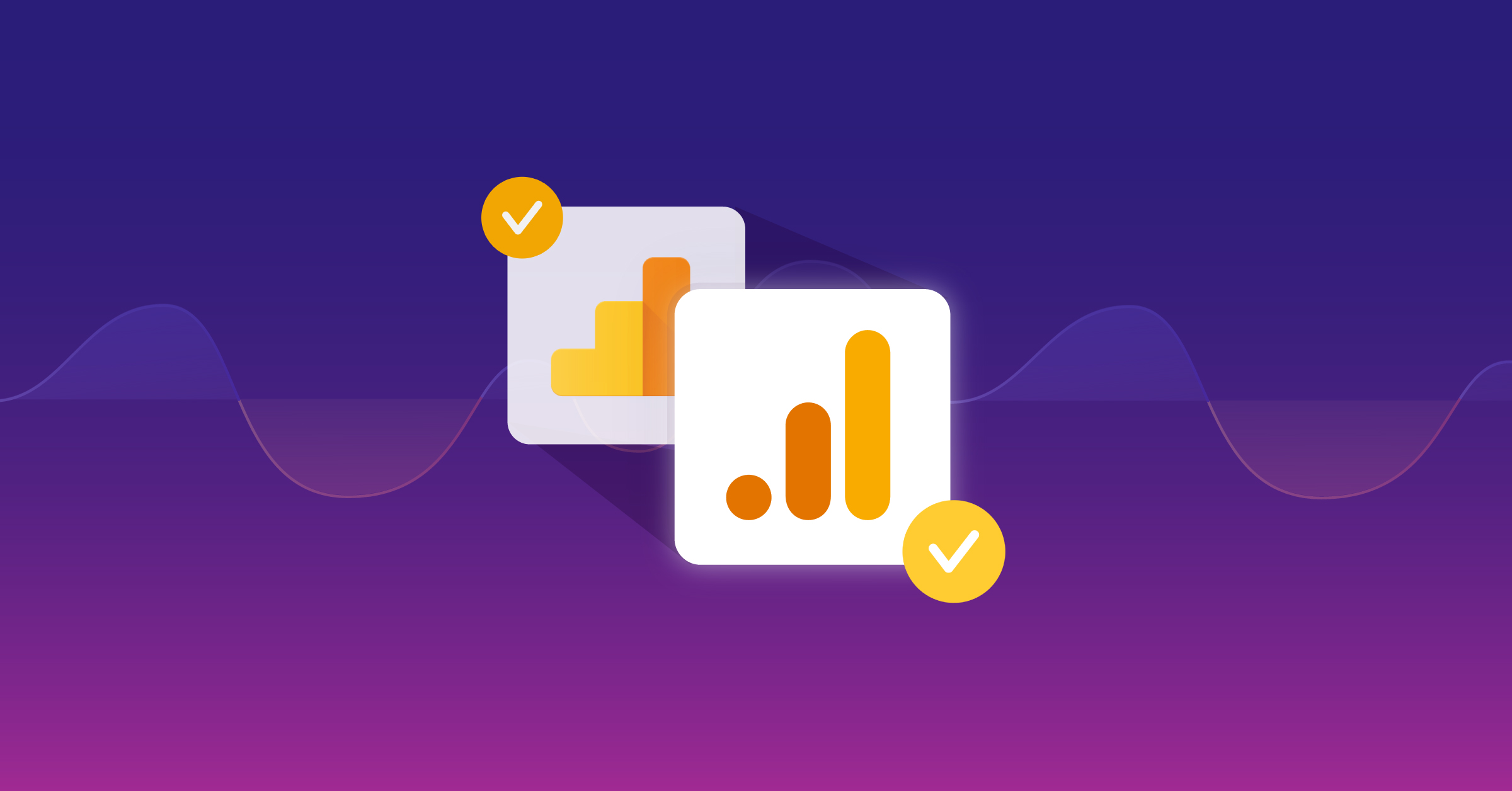What Does A Good‑looking Recency Chart Look Like?
This was the question that greeted me in my email this morning. What should a good-looking recency chart look like? asked the writer. He was referring to a post I wrote about a year ago on how Google Analytics calculates recency.
Recency charts are like conversion rates — different for everyone. A recency chart for an ecommerce site won’t look like one for a content site. But best practices would always dictate that the chart is filtered by new and returning visitors; otherwise, new visitors and visitors who are addicted to your site will both end up in the zero days chart.
For example, here is the unfiltered recency chart from LunaMetrics, and next to it, the same chart filtered to include only returning visitors
As you can see, by using Advanced Segments (that’s how I did this) to filter out the new visits (and only get returning visits), the charts look very different. On the left is the unfiltered recency chart. But on the right — the chart with only returning visits – shows what you might consider a “good looking” recency chart — one that has a larger 8-14 day bar than the 7 day bar, since 8-14 days is seven days of data. That last point is an opinion only — remember, every site is different, and not all will see a bulge in the 8-14 day bucket — but most that I have seen do.




